Ingredients
Utensils
Stovetop, Frying pan
recipe
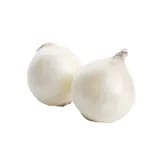
Step 1
Prepare the caramelised onions. Peel & thinly slice the onions.
Step 2
Heat a drizzle of olive oil in a pan, over medium-high heat. Add the onions & sauté for 4-5 min. Season with salt & pepper.

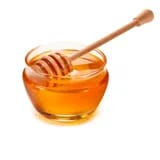
Step 3
Add the balsamic vinegar & honey. Continue cooking for another 5-6 min, until the onions are tender & caramelized.
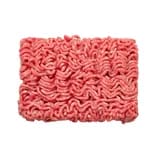
Step 4
Prepare the burger patties. In a mixing bowl, add the minced beef. Season with salt & pepper & form patties, using your hands.

Step 5
Meanwhile, heat a drizzle of olive oil in a second pan. Add the burger buns & toast them for 2 min, over medium heat, until golden brown. Set aside.
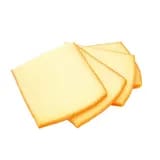
Step 6
In the same pan, heat another drizzle of olive oil, over medium-high heat. Add the burger patties & season them with salt & pepper. Cook for 2 min on one side, then flip them over & add the raclette cheese on top. Cover & leave to cook for another 2 min, over medium heat, until the cheese has melted.
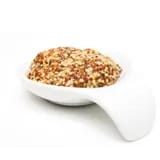
Step 7
Assemble the burger by spreading the grainy mustard on the bottom bun. Add the burger patty & caramelized onions on top. Close the burger with the top bun & enjoy !
Personal notes
Add your own flavor!
Nutrition facts
Average estimated amount for one serving
| Energy | 680 cal. |
| Fat | 33 g |
| Carbohydrates | 55 g |
| Protein | 36 g |
| Fiber | 6 g |
Values are based on an average estimate for one serving. All nutrition information presented on Jow is intended for informational purposes only. If you have any concerns or questions about your health, please consult with a health-care professional.
On average, one serving of the recipe "Raclette Burger" contains 680 Energy, 33 g of Fat, 55 g of Carbohydrates, 36 g of Protein, 6 g of Fiber.
Price per portion
| € | Nos recettes à -2 € par portion |
| €€ | Nos recettes entre 2 € et 4 € par portion |
| €€€ | Nos recettes à +4 € par portion |
Please note, the price above is dependent on your grocer and the available products in the grocery store you chose.
Scores


D Nutri-score
The Nutri-score is an indicator intended for understanding nutritional information. Recipes or products are classified from A to E according to their food composition to promote (fiber, proteins, fruits, vegetables, legumes, etc.) and foods to limit (energy, saturated fatty acids, sugars, salt, etc.).
C Green-score
The Green-score is an indicator representing the environmental impact of food products. The recipes or products are classified from A+ to F. It takes into account several factors on the pollution of air, water, oceans, soil, as well as the impacts on the biosphere. These impacts are studied throughout the product life cycle.
Retrieving reviews...



